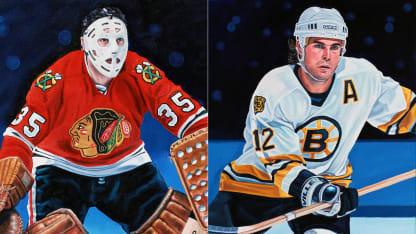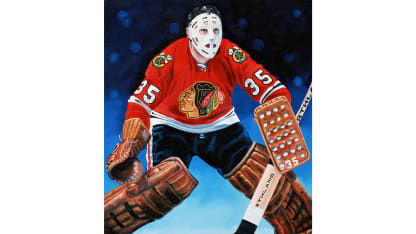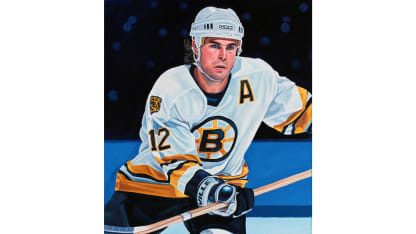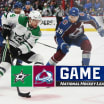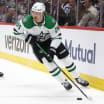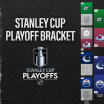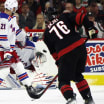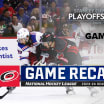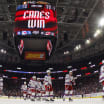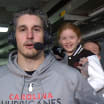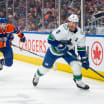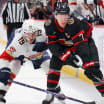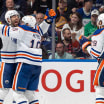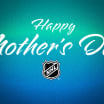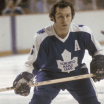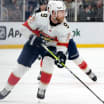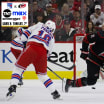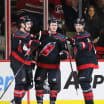In his
NHL100 profile of Esposito
, author Bob Verdi wrote about how he turned a rocky start with the Black Hawks into a season for the ages:
"It did not begin well. Esposito was raked 7-2 by the St. Louis Blues in the season opener. The Black Hawks started 0-5-1 and fans were restless. But the Black Hawks went to Montreal, Esposito shut out his former team and the transformation in Chicago began to gain traction. The Black Hawks, just a .500 team by early January, embarked on a remarkable streak, losing three games in February and only one in March.
"On the final night of a frenetic regular season, the Canadiens visited Chicago Stadium in a state of desperation. They had to either win or score five goals to secure the last playoff berth via the tiebreaker. After the Black Hawks opened a 5-2 lead, Montreal coach Claude Ruel sporadically pulled [goalie Rogie] Vachon for a sixth skater. But it was the Black Hawks who feasted, scoring five empty-net goals for a 10-2 romp to complete an unprecedented worst-to-first finish.
The story of the winter, however, was Esposito. He was superlative, registering 15 shutouts -- still a record for any masked or unmasked man since the 1920s. He earned the Calder Trophy as best rookie and Vezina Trophy with a 2.17 goals-against mark. The Black Hawks had found a worthy successor to Glenn Hall."
Esposito was a special player to artist Tony Harris.
"I was a goalie because Tony Esposito was my favorite player, and in a way, I owe my career as an artist to Tony as well," he said. "Esposito was my main subject from Grade 3 all through high school, and I would continuously draw him trying to perfect his pads and the Blackhawks logo. Needless to say, painting his portrait as one of the top 100 players of all time was a great thrill."
Like Esposito, Adam Oates took the college route to the NHL. The Detroit Red Wings signed him as an undrafted free agent on June 28, 1985, after he excelled during three seasons at Rensselaer Polytechnic Institute, the only NCAA team that pursued him. He was a two-time First-Team All-America and helped RPI win the NCAA championship in 1985.
But on June 15, 1989, the Red Wings traded Oates and forward Paul MacLean to the St. Louis Blues for center Bernie Federko and forward Tony McKegney. It's a trade that still haunts then-general manager Jim Devellano, now a senior vice president of the Red Wings.
Oates wound up centering for Brett Hull, and one of the NHL's most dangerous scoring tandems was born. Hull scored 72 goals in 1989-90 and 86 in 1990-91, when Oates finished with 90 assists. Although Hull was on the way to a 70-goal season in 1991-92 and scored 50 goals in St. Louis' first 50 games, the Blues traded Oates to the Boston Bruins on Feb. 7, 1992.
The trade didn't slow Oates' production. He had NHL career highs of 45 goals, 97 assists (tops in the League) and 142 points for Boston in 1992-93. He also led the NHL with 69 assists while playing for the Washington Capitals in 2000-01, and again with 64 in 2001-02, which he split between Washington and the Philadelphia Flyers.
